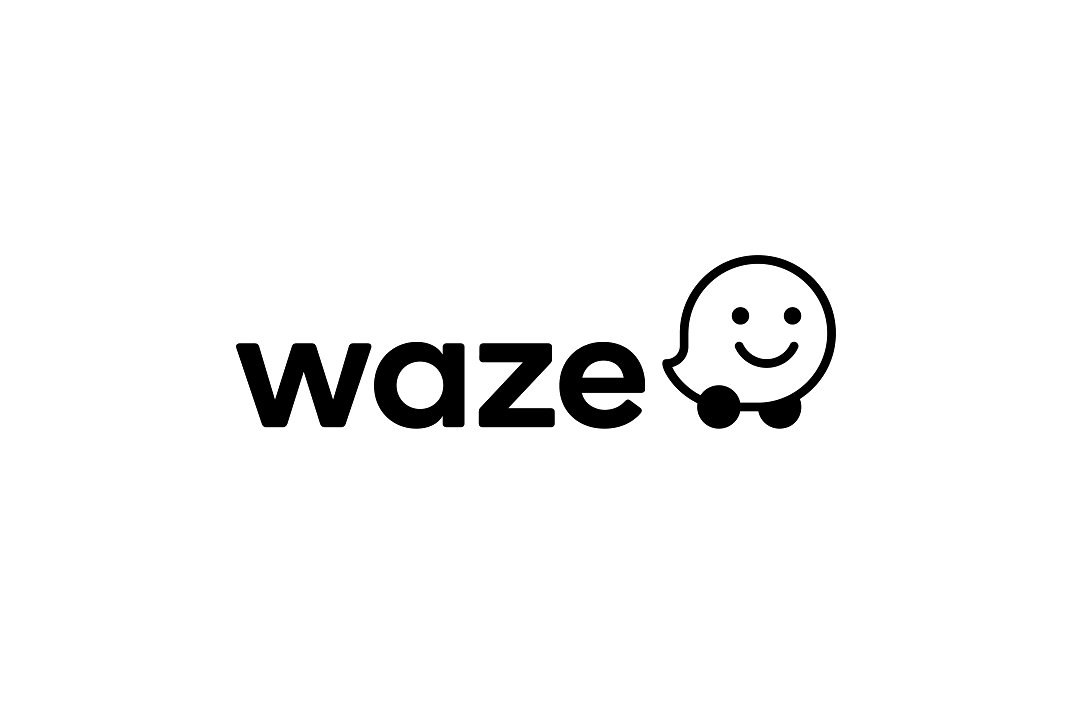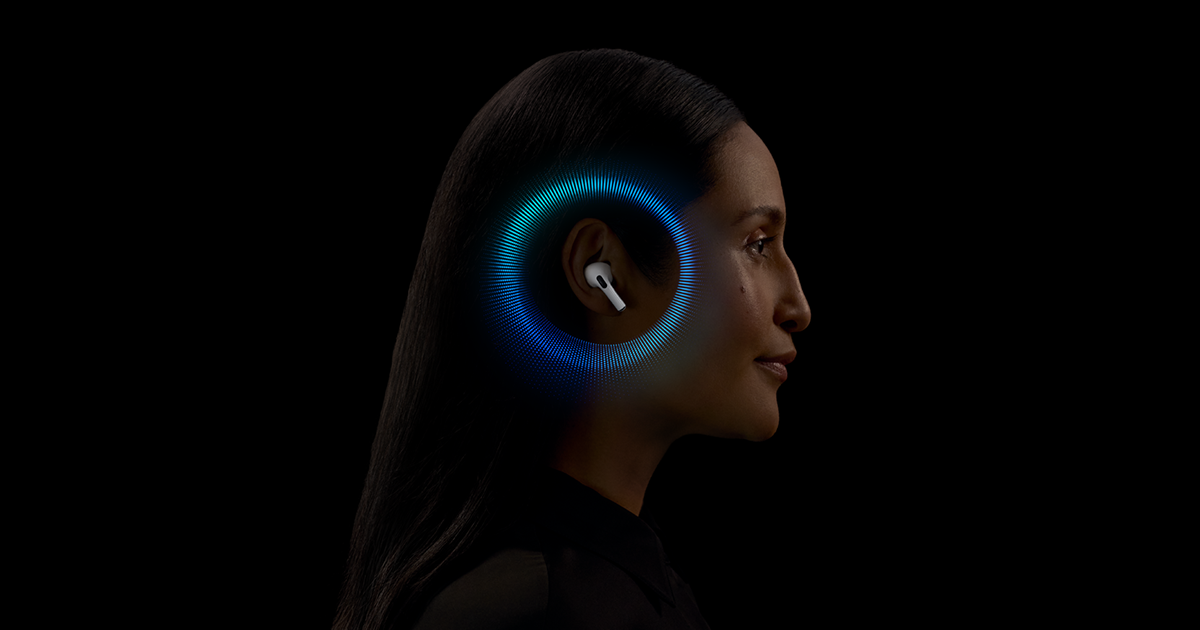Waze, the popular navigation app, is making a big change for iPhone users. Starting next month, it will no longer support Google Assistant. This decision comes after a year of struggles to fix problems that started when Google Assistant was added to the iOS version of Waze in early 2024.
The issues began when users noticed that Google Assistant wasn’t working smoothly with Waze on their iPhones. People reported glitches, like voice commands not responding or the app crashing. Despite efforts to solve these problems, the fixes didn’t work out. Now, Waze has decided to drop Google Assistant completely from its iPhone app.
This change only affects iPhone users. If you use Waze on an Android phone, Google Assistant will still be available. For iPhone fans, Waze says you can switch to Siri instead. The app will keep supporting Siri for voice commands, so you can still get directions hands-free.
Waze hasn’t said much about why the problems couldn’t be fixed. Some think it’s because Google, which owns Waze, wants to focus more on its own voice helper for Android. Whatever the reason, iPhone users will need to adjust starting in April 2025. If you rely on Waze to get around, don’t worry—Siri should keep things running smoothly. Just say goodbye to Google Assistant on your Waze app!




